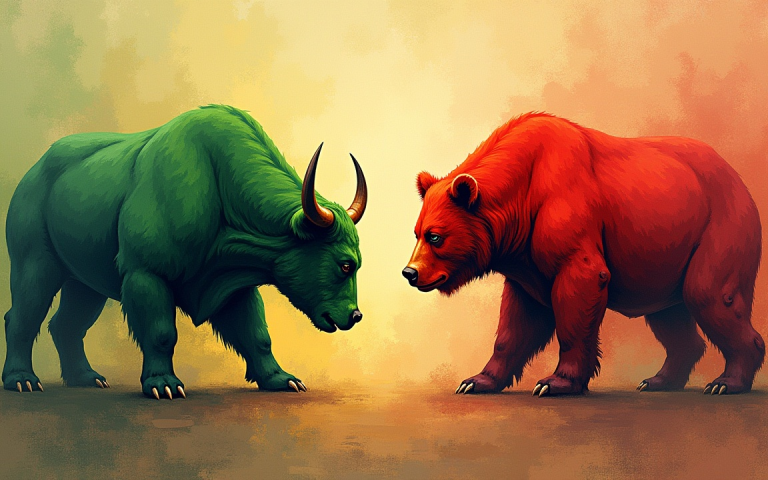
“
Introduction to Stargazing and Storytelling
Stargazing and storytelling are two of the most fundamental and timeless human activities. Since the dawn of civilization, humans have been fascinated by the night sky and the stories that can be told beneath its twinkling stars. Stargazing and storytelling have not only allowed us to understand and explore the universe but have also enabled us to delve into the depths of our imagination and creativity. In this article, we will explore how these two activities are intertwined and how they elevate us beyond the physical bounds of our planet.
The Origins of Stargazing and Storytelling
Stargazing has its roots in ancient astronomy, where early civilizations attempted to make sense of the celestial bodies they observed. By tracking the movements of stars and planets, these civilizations were able to develop calendars, predict seasonal changes, and understand the workings of the universe. Storytelling, on the other hand, was a means of passing down knowledge, myths, and legends from one generation to the next. Often, these stories were set against the backdrop of the night sky, with constellations and celestial events serving as the catalysts for tales of gods, heroes, and mythical creatures.
The Intersection of Stargazing and Storytelling
As humans continued to explore the universe and push the boundaries of our knowledge, the intersection of stargazing and storytelling became more pronounced. Astronomers began to use stories and metaphors to describe complex celestial phenomena, making them more accessible and engaging for the general public. Conversely, storytellers started to incorporate real astronomical events and discoveries into their narratives, adding a layer of authenticity and wonder to their tales. This synergy between stargazing and storytelling has enabled us to connect with the universe on a deeper level, fostering a sense of awe, curiosity, and imagination. For further insights, check out The Infinite Universe of Imagination.
The Power of Imagination in Stargazing and Storytelling
Imagination is the spark that ignites the connection between stargazing and storytelling. When we gaze up at the stars, our minds begin to wander, and we start to ponder the possibilities that lie beyond our planet. We imagine distant worlds, alien civilizations, and the mysteries that remain to be uncovered. This act of imagination is not limited to the realm of science fiction; it is an integral part of the scientific process itself. Astronomers and scientists use their imagination to hypothesize, to predict, and to innovate, often relying on the stories and myths of old to guide their thinking. For more on this topic, explore Beyond the Milky Way: Imagining New Worlds and Possibilities.
Takeaways
- Stargazing and storytelling are interconnected activities that have been part of human culture for centuries.
- Imagination is the key to unlocking the potential of stargazing and storytelling, allowing us to explore the universe and our creativity.
- The intersection of stargazing and storytelling has enabled us to connect with the universe on a deeper level, fostering a sense of awe, curiosity, and wonder.
Conclusion
In conclusion, stargazing and storytelling are two activities that have the power to elevate us beyond the stars. By embracing our imagination and creativity, we can unlock the secrets of the universe, push the boundaries of our knowledge, and connect with the cosmos on a deeper level. As we continue to explore the universe and tell stories about our place within it, we are reminded of the infinite possibilities that lie before us, and the importance of never stopping to wonder, to imagine, and to dream. For a deeper dive into this theme, read Soaring Through the Cosmos: The Power of Imagination.






